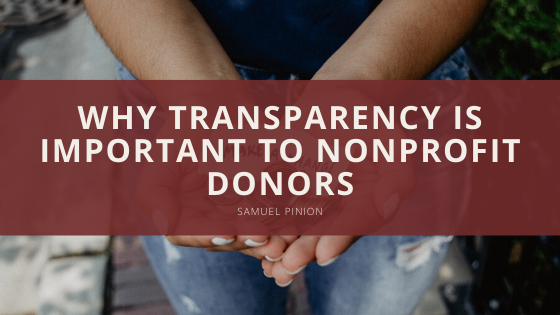Businesses that make the decision to donate to nonprofit organizations have three reasons to make their donations transparent nowadays. To please their customers, attract potential employees, and to collaborate with other companies who share their vision.
It is no longer enough for a business to just have a promising mission statement and a decent price point while providing company perks to potential job applicants. There are deeper, more profound reasons nowadays that spawn the public’s interest. People want a more active role in the causes they hold close to their hearts. Americans what to know what causes are being supported, by not only major manufacturers but the mom & pop shops as well. The citizens of the U.S. are an information-hungry and increasingly knowledgeable group. The trouble is, while most people want transparency, very few actually feel they are getting the truth from the majority of U.S. companies.
Cross-sector partnerships are when two businesses join together for a united purpose. The corporations must be from at least two sectors that are aimed at addressing issues that are environmental or social. These sectors can include commercial, governmental, or civil. When an organization vows to be completely transparent in its partnerships to help make the world a better place, there are requirements they need to abide by, such as clearly stating where all funds are being delivered to, who exactly is benefitting from donations, and how and when funds are being raised and distributed.
A great medium to take advantage of is the Internet. Green-minded millennials and other activists are constantly broadcasting and viewing activity on social media. If you want to get the word out about the contributions you make as a company, social media is a great way to spread your message.
Tom’s Shoes is an inspirational example of a company that gives back. There not only support donations to global disaster relief, but the company policy is to frequently invest in local partners around the world. They create positive change for equality, mental health, and physical safety. Another great example of community responsibility is Target Corporation. Volunteerism, philanthropy, and community events are all a part of Target’s core beliefs in giving back.

